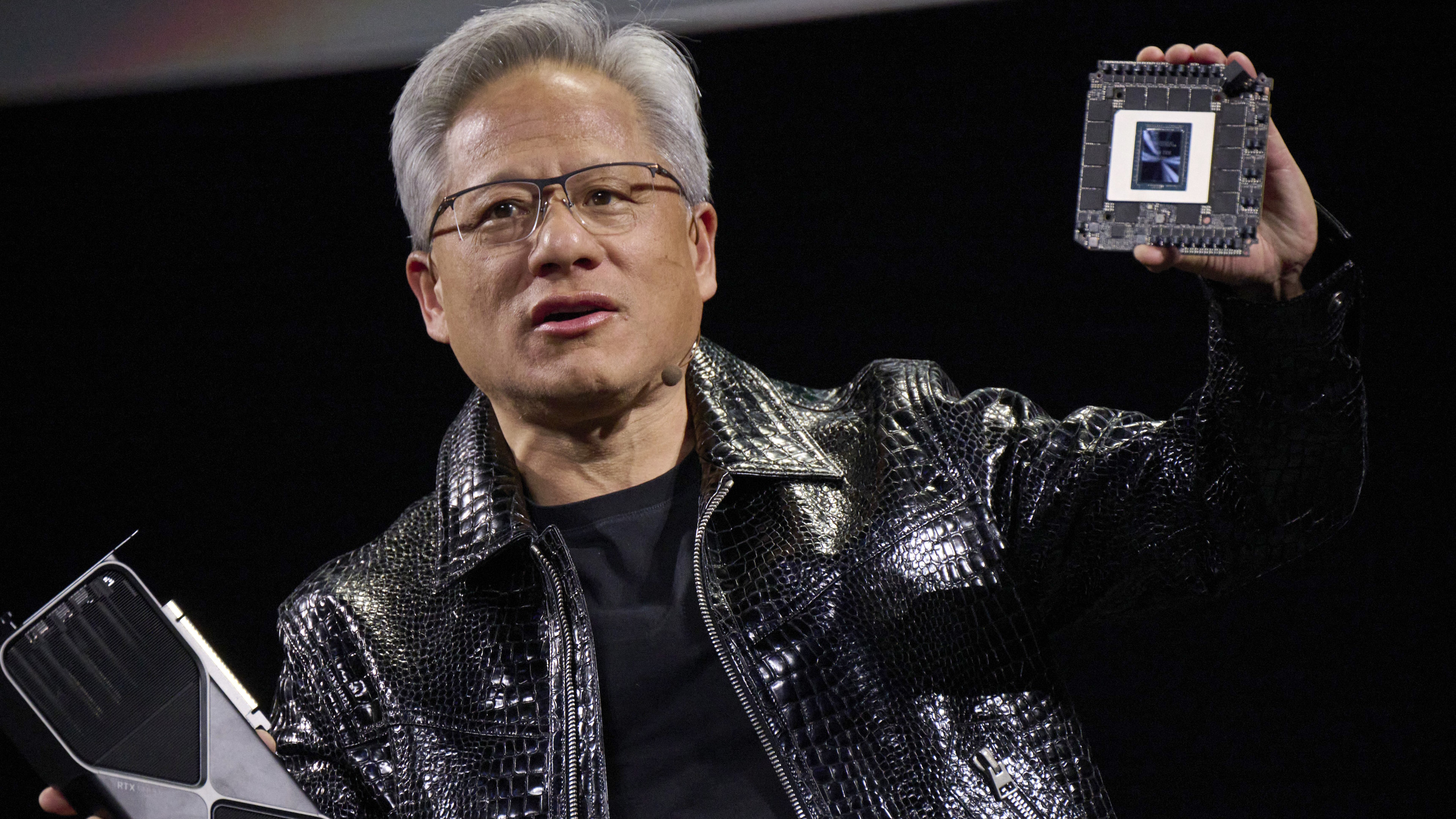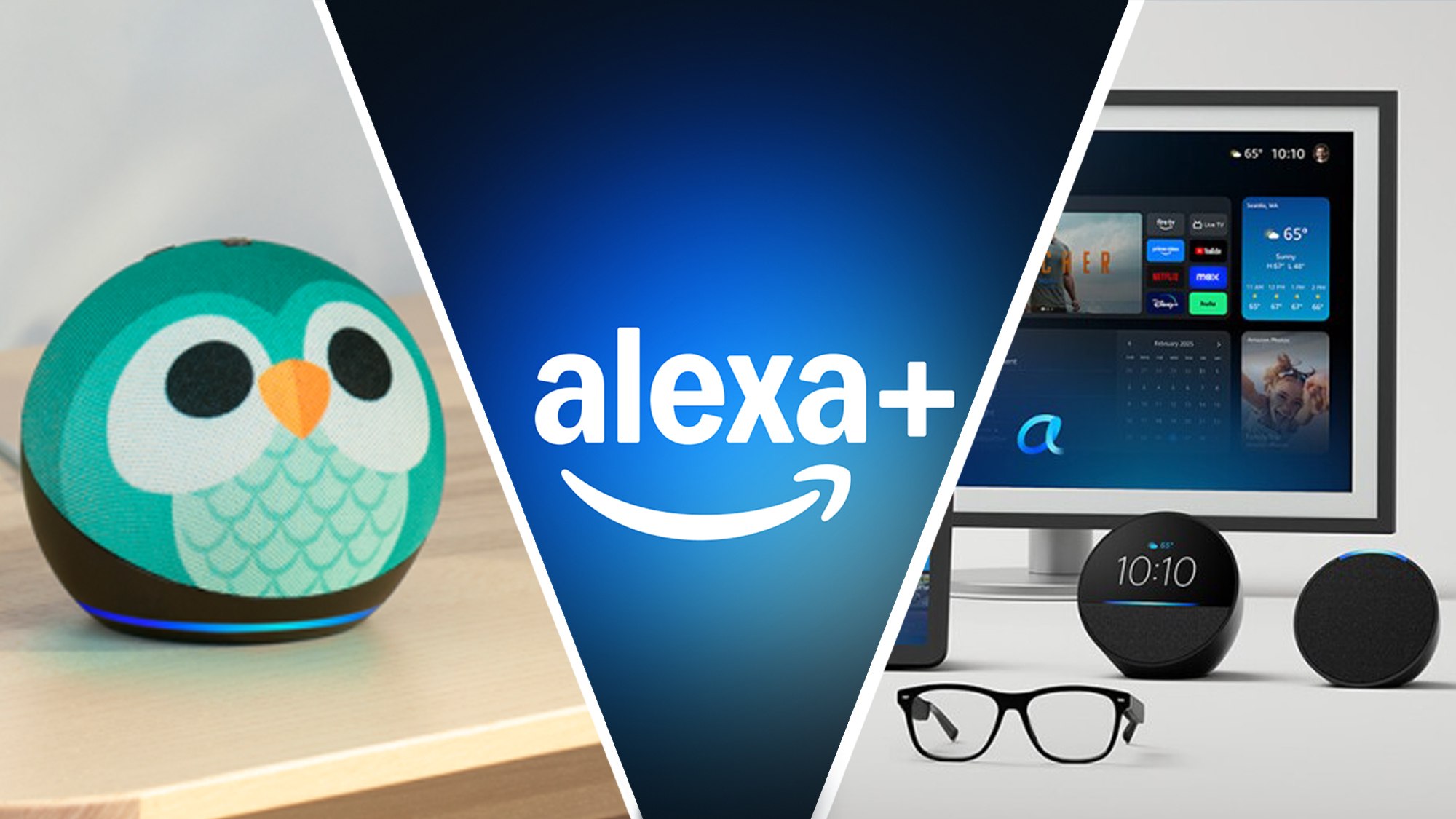Revolutionizing Nursing Education: How Technology is Shaping the Future of Healthcare Professionals

The Dawn of a New Era in Nursing Education
The healthcare landscape is undergoing a rapid transformation, driven by technological advancements. And at the heart of this evolution lies nursing education – a field that's embracing digital tools to cultivate a new generation of skilled and adaptable healthcare professionals. Gone are the days of solely relying on traditional lectures and clinical rotations. Today, nursing schools are incorporating cutting-edge technologies like telehealth, virtual simulations, and robust online learning platforms to create a more engaging, effective, and future-proof educational experience.
Telehealth: Bridging the Gap Between Theory and Practice
Telehealth, once a niche concept, is now a cornerstone of modern healthcare. Integrating telehealth into nursing education allows students to gain practical experience in remote patient monitoring, virtual consultations, and digital health management. This exposure is invaluable, preparing them for the realities of a healthcare system increasingly reliant on technology to deliver care. Students learn to navigate the unique challenges and opportunities presented by telehealth, including communication skills, patient assessment through digital means, and ethical considerations surrounding remote care.
Virtual Simulations: Safe Spaces for Skill Development
Virtual simulations provide a safe and controlled environment for nursing students to hone their clinical skills without the risk of harming real patients. These simulations can range from basic procedures like administering medication to complex scenarios involving critical care and emergency response. Students can repeatedly practice and refine their skills, receiving immediate feedback and guidance from instructors. Advanced simulations utilize realistic mannequins with physiological responses, creating a highly immersive and impactful learning experience. The ability to repeat scenarios, experiment with different approaches, and learn from mistakes in a virtual setting significantly accelerates skill acquisition and builds confidence.
Online Learning Platforms: Accessibility and Flexibility
Online learning platforms have democratized access to nursing education, offering flexibility and convenience for students with diverse schedules and geographic locations. These platforms provide access to a wealth of resources, including interactive lectures, online quizzes, discussion forums, and digital textbooks. The asynchronous nature of online learning allows students to learn at their own pace and revisit materials as needed. Furthermore, online platforms facilitate collaboration among students, creating a supportive learning community.
The Benefits Extend Beyond the Classroom
The integration of technology in nursing education isn't just about modernizing the curriculum; it's about preparing nurses for the future. Graduates equipped with these skills are better prepared to:
- Adapt to rapidly evolving healthcare technologies
- Provide high-quality care in diverse settings, including remote areas
- Effectively collaborate with interdisciplinary teams using digital communication tools
- Continuously learn and stay abreast of new developments in healthcare
Looking Ahead: The Future of Nursing Education
As technology continues to advance, the role of technology in nursing education will only become more prominent. We can expect to see increased use of artificial intelligence (AI) for personalized learning, augmented reality (AR) for immersive simulations, and blockchain technology for secure patient data management. The future of nursing education is inextricably linked to technology, and embracing these advancements is essential for ensuring that nurses are well-equipped to meet the challenges and opportunities of the 21st century healthcare landscape. Investing in these technologies is an investment in the future of patient care.






